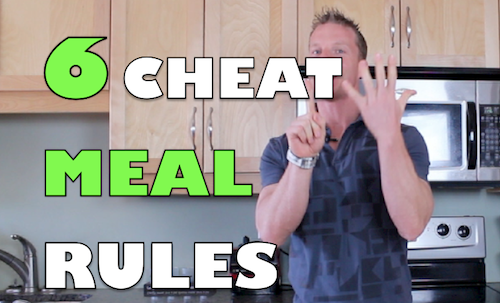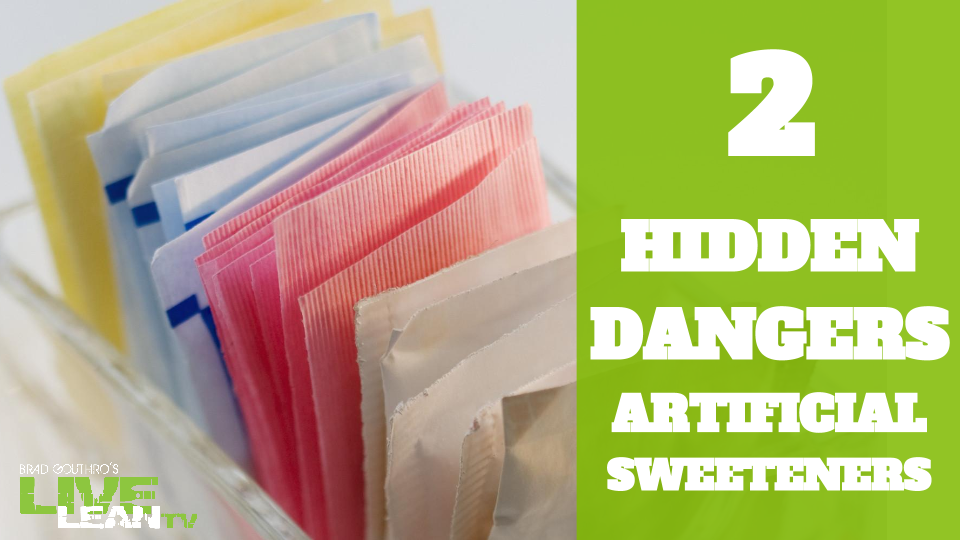Whole Grain vs Multigrain vs Whole Wheat vs Wholemeal
Listen to the Whole Grain vs Multigrain vs Whole Wheat vs Wholemeal post on our Live Lean TV Podcast. Don’t forget to subscribe to the podcast!
What’s the difference and what is the best healthy bread and pasta option?
On today’s episode of Live Lean TV, I’m sharing the difference between whole grain vs multigrain vs whole wheat vs wholemeal bread and pasta.
At the end of this post, I also share 4 simple guidelines to look for when finding the best healthy pasta and bread options.
This question was from our #LLTV Q&A series that we filmed for our Live Lean TV YouTube channel back in 2012.
Advertisement
So I’ll first share my answer from 2012, then I’ll answer it again, with my thoughts today.
Alright lets first jump back to 2012…
dillba5 on YouTube says: great work on these Q&A videos. I always wondered what’s the difference between whole grain vs multigrain vs whole wheat vs wholemeal? What is the best option health-wise when it comes to buying bread, pasta, etc.? Thanks Brad.

Well I think you guys know my thoughts on bread, pasta, and other types of of grains.
I think they should be out of your daily diet, if you’re looking to Live Lean.
You can have it as a cheat meal or treat meal once a week.

However try to get it out of your every day diet, regardless if it’s wholemeal, whole grain, whole wheat, or multigrain.
The overconsumption of grains can really throw your hormone levels all over the place.
So try to reduce consumption of them as much as possible.
But to answer your question, here’s the difference.
Be careful with multigrain
Multigrain doesn’t mean that the bread or pasta is completely made with 100% whole grains.
It could just mean that there’s different kind of grains in it.
So if you’re going to choose one type of bread or pasta based on health, choose something that starts with the word, “whole”.
For example, wholemeal, whole wheat, or whole grain.
Also, make sure you always look at the ingredients
Even if the package says whole wheat, the first or second ingredient could still be high fructose corn syrup or glucose fructose.
These are ingredients you should stay away from.
I repeat, always look at the ingredients.
If you’ve been following me for a while, you guys should have this ingrained in your brain, as I always talk about.
Now lets fast forward to my answer today
The terms whole grain, multigrain, whole wheat, wholemeal are often found on bread, pasta, and flour labels.
Let’s end the confusion and clear up what each term means, so you can make healthier food decisions.
But let me be upfront.
I’m not a big fan of having any type of conventional bread, pasta, or flour in your daily diet, especially types made with white refined grains.

Avoid white refined grains: bread, pasta, flour
White bread, pasta, and flour are classified as refined grains, as they have the germ and bran removed.
By removing the germ and bran, you’re also removing a lot of the healthy fiber and antioxidants.

This essentially leaves you with a high glycemic carbohydrate that will quickly spike and drop your blood sugar.
This blood sugar roller coaster increases food cravings, which ultimately causes you to eat more food than your body needs.
Hello fat gain train

I’ve done many videos on why you should limit your bread intake.
However, I understand giving up bread to some people can be tough.
“If I can’t eat bread, it’s just not worth it anymore.”
Advertisement
Well, I also did a post sharing 9 healthier bread substitutions.

But I get it, some people are just addicted to traditional bread, pasta, and flour.
So if you’re ready to give up white bread, pasta, and flour, but are confused with the difference between whole grain vs multigrain vs whole wheat vs wholemeal, lets jump into the nutritional differences.
What does whole grain mean?

A grain is considered a “whole grain” when it has all of the following 3 components:
- bran: contains fiber, B vitamins, and antioxidants
- germ: contains minerals, protein, and fat
- endosperm: contains the starch
Examples of whole grains include:
- barley
- brown rice
- buckwheat
- bulgur
- millet
- oatmeal
- popcorn
- quinoa
- whole wheat
However, don’t be tricked by a label says it’s made with whole grains.
Sure it may contain some whole grains, but it doesn’t mean it’s entirely made with whole grains.
What does whole wheat mean?

The difference between whole grain and whole wheat is wheat is simply a type of whole grain.
This means all 3 parts of the wheat are still intact.
It’s important to note that the label should say “whole” wheat, not just wheat.
Don’t be fooled if the ingredients list just says wheat flour.
Wheat flour is essentially the same thing as refined white flour.
So wheat bread, pasta, or flour does not provide the same nutrition as whole wheat bread, pasta, or flour.
What does wholemeal mean?
Wholemeal is essentially whole grains that have been ground down during processing.
Since they are broken down and milled into a fine texture, wholemeal products typically have a higher glycemic index than regular whole grain products.

Although still healthier than refined white grain bread, pasta, and flour, I’d stick with whole grain.
What does multigrain mean?
Again, don’t be fooled by the term multigrain, 9 grain, or any other number of grains.
Although multigrain might sound the healthiest, it really only means it contains multiple types of grains, including refined grains, not just whole grains.
In other words, multigrain products typically include a combination of both refined and unrefined grains.
Therefore, in many cases, multigrain is less healthy when compared to whole grain or whole wheat.
Follow these simple guidelines to find the healthiest bread and pasta:
#1. 2:1 fiber to sugar ratio
Look at the nutrition facts label and compare the fiber to sugar ratio.

Aim for brands with at least 4 grams of fiber and less than 2 grams of sugar per serving.
Also, if it contains, high fructose corn syrup, it’s out.
#2. Less than 200mg of sodium per serving
A lot of people don’t realize how much sodium is in grain products, especially breads and cereals.
Look for brands with 200mg of sodium or less per serving.
#3. Read the ingredients list
Not all brands of bread and pasta are made with the same ingredients.
The ingredients list shouldn’t look like a science experiment, filled with words you can’t pronounce.
Try to find products that do not contain artificial flavors, colors, and preservatives.

Typically the less the ingredients, the better.
Also, if you see the words “enriched” or “bleached”, it’s a good sign that the product contains refined grains.
#4. Look for the 100% whole grains stamp
The whole grains council includes a stamp on products that contains only 100% whole grains.
It also has stamps for 50% or more whole grains and a stamp for some whole grains, but mainly refined grains.
Bottom line on whole grain vs multigrain vs whole wheat vs wholemeal
When it comes to whole grain vs multigrain vs whole wheat vs wholemeal, the healthiest is 100% whole grain.

When it comes to the healthiest breads, aim for:
- 100% sprouted whole grain bread
- Stone ground or stone milled 100% whole grain sourdough bread
Next healthiest option would be whole wheat, wholemeal, then multigrain.
Any of these choices are better than refined white grains.
READY TO BEGIN YOUR LIVE LEAN JOURNEY?
Start by taking our FREE Live Lean Body Quiz to get access to the best program specific to your goals, current fitness level, and access to equipment.
Take the Free Live Lean Body Quiz
Did you enjoy this post on whole grain vs multigrain vs whole wheat vs wholemeal
If you enjoyed this post, please support this blog, by clicking the social media buttons to share this with your friends.
Subscribe to our Live Lean TV YouTube channel and leave a comment below on what you want to see in future posts.
Question For You:
- If you eat bread, what type do you add to your grocery cart?
Be sure to share your answers in the comment section below.
Check out our free workout videos here.
Check out my free recipe cooking videos here.
[wd_hustle_cc id=”team-live-lean”]
Brad Gouthro is the founder of Live Lean TV, a media company focused on helping men and women “Live Lean” 365 days a year. Brad’s programs and content have helped millions of people all over the world learn how to get in shape, and more importantly, sustain it for life.

8 responses to “Whole Grain vs Multigrain vs Whole Wheat vs Wholemeal”